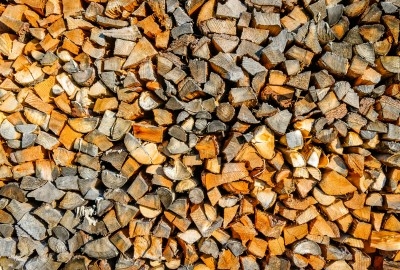Are cover crops the future of SAF?
Cover crops, a traditional farming practice, are showing new promise as a sustainable feedstock for aviation fuel. Farmers in Florida are leading the way with Carinata, a crop cultivated for its high oil content and known for its low environmental impact and ability to improve soil health.

The practice of using cover crops is a farming technique that has been around for centuries, but its potential to increase the scale of feedstock for sustainable aviation fuel (SAF) is now starting to be realized with Nuseed Carinata, a green leafy plant with bright yellow flowers that acts as a cover crop.
Potential large-scale feedstock for SAF
BP reports that farmers in Florida have used cover crops like Carinata over the years to protect and nourish the soil between growing traditional food crops. Carinata also produces oil that can be sold to oil companies like BP to generate biofuels, including SAF, making it a potential large-scale feedstock for SAF production. Carinata is recognized by the International Civil Aviation Organization (ICAO) as having a greenhouse gas footprint similar to waste and residues like used cooking oil. Crops like Carinata can improve soil health and generate oil for biofuels without interrupting food crop production, since they can be planted on the same land in between main crop cycles.
Policy framework is essential
The benefits of cover crops extend beyond the US. In Europe, growing oilseed cover crops on just 10% of available arable land could produce over five million tonnes of sustainable biofuels, enough to power more than 100,000 transatlantic flights. However, BP notes, a supportive policy framework is essential to mobilize their potential.
BP is already using Nuseed Carinata oil for biofuel production on a small scale, demonstrating its feasibility in existing refineries. With the right practices and certification programs, cover crops like these can significantly contribute to sustainable biofuel production, simultaneously benefiting agriculture and energy sectors.


